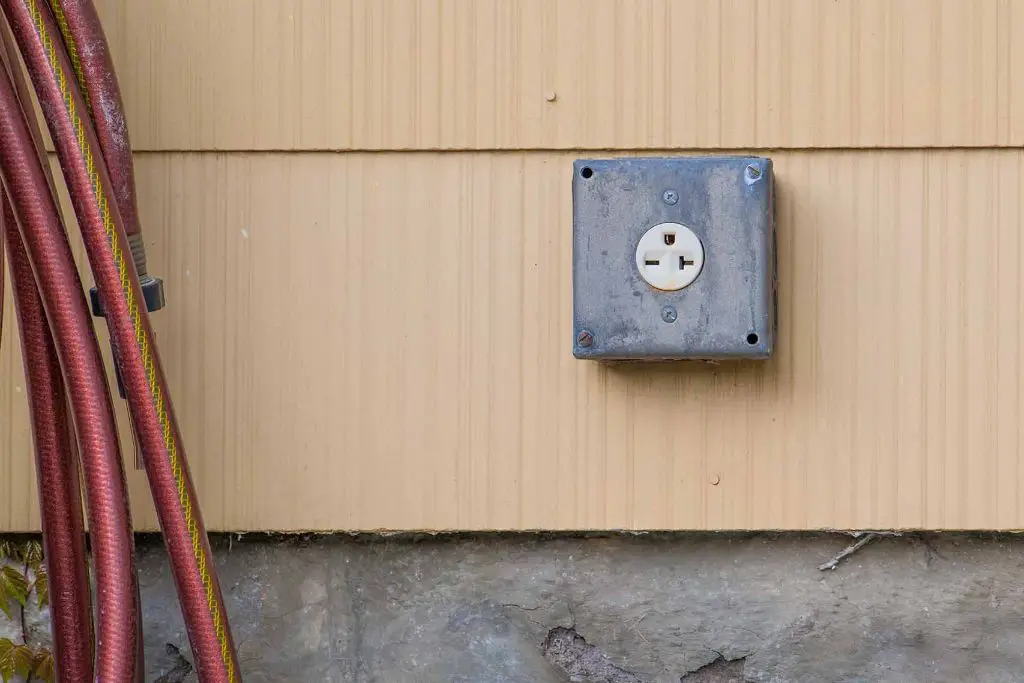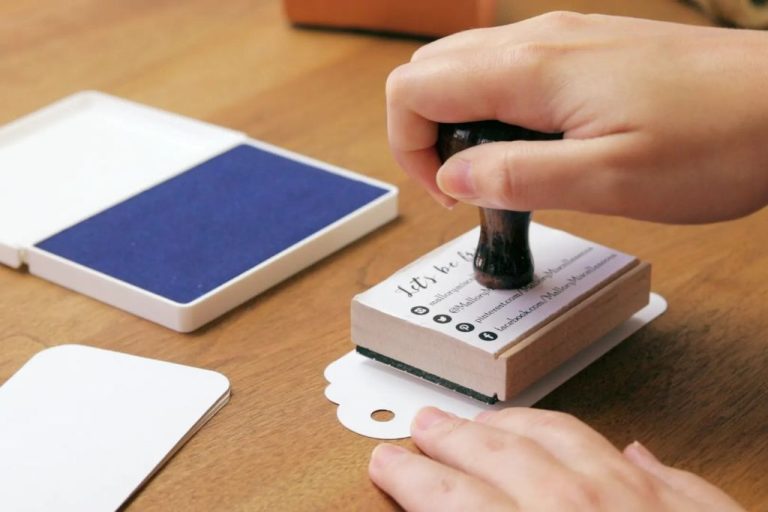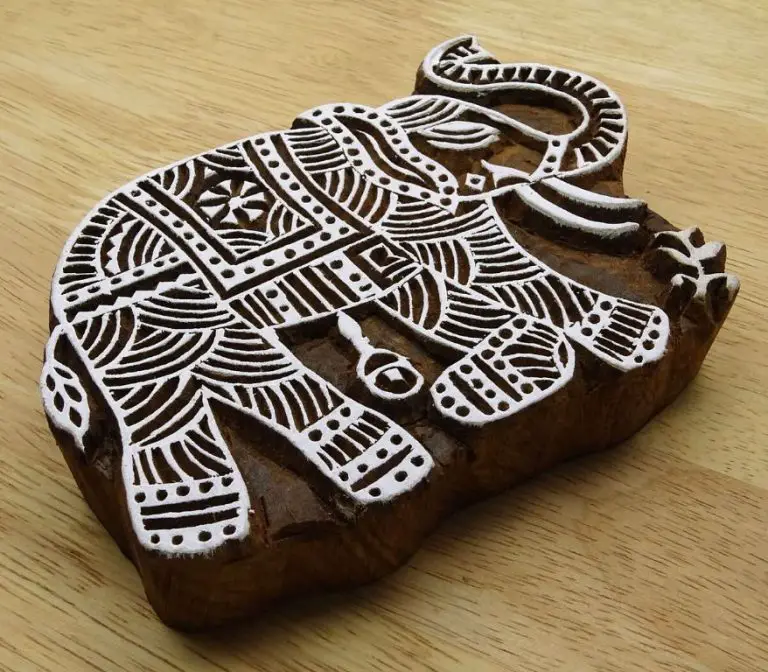What Is The Rating Of A Nema Plug?
A NEMA plug is an electrical connector used for providing power in North America. NEMA stands for National Electrical Manufacturers Association, which sets standards for various electrical components including plugs and receptacles. The ratings for NEMA plugs indicate their intended purpose and level of protection against environmental conditions.
NEMA plugs and receptacles are classified using a numbering system that specifies their voltage, current, number of phases, and configuration. The NEMA ratings provide important information about how and where a plug can be safely used. Higher NEMA ratings indicate the plug is suitable for more demanding environments with greater levels of moisture, dust and temperature extremes.
Choosing the proper NEMA plug rating for an application ensures safe and reliable operation. This article provides an overview of the different NEMA plug ratings and guidelines for selecting the appropriate rating for specific uses.
History of NEMA Plug Ratings
NEMA (National Electrical Manufacturers Association) plug and receptacle ratings were introduced in the early 20th century to standardize electrical devices in North America. Prior to NEMA standards, there were various incompatible plugs and outlets made by different manufacturers [1].
In the 1920s and 1930s, NEMA worked with manufacturers to establish standard outlet configurations, voltages, and amperages. The first NEMA standards were published in the late 1930s and early 1940s, introducing now-common NEMA 1-15 and 5-15 plugs and receptacles [2].
Key developments include the introduction of grounding in the 1960s, tamper-resistant outlets in the 1990s, and weather-resistant ratings for outdoor usage. Today NEMA continues updating standards as device needs evolve while maintaining backward compatibility [3].
Common NEMA ratings include 1, 5, 6, 10, 14, and 20, indicating voltage and amp capacities. The standards ensure proper electrical connectivity across devices.
NEMA 1 Rating
The NEMA 1 rating is the most basic level of protection in the NEMA enclosure rating system (source). NEMA 1 enclosures are designed for indoor use only to provide protection against limited amounts of falling dirt and non-corrosive drippings or light splashing.
Some key features and applications of NEMA 1 rated enclosures include:
- Used for housing indoor electrical controls and components
- Provides protection against falling dirt, drippings, and light splashing
- Constructed from materials like painted steel, plastic, or fiberglass
- Doors are ungasketed
- Ideal for installations in clean, dry environments
The pros of NEMA 1 enclosures are that they offer basic economical protection for indoor applications. However, the cons are that they do not provide protection against washdowns, corrosive agents, or outdoor/wet environments. NEMA 1 should only be used when indoor clean conditions can be maintained.
NEMA 2 Rating
NEMA 2 enclosures are designed to protect electrical equipment against dust and moderate in-plant conditions. Some key features and applications of NEMA 2 enclosures include:
- Protects against limited dust and dirt
- Not suitable for outdoor use
- Common in offices, schools, warehouses, etc.
- Provides protection against accidental contact with enclosed equipment
- Suitable for locations without excessive dust accumulation
The advantages of NEMA 2 enclosures are that they provide basic protection for indoor electrical equipment at a low cost. The downside is that they do not offer protection against outdoor conditions or water ingress. NEMA 2 enclosures are ideal for applications like light commercial and office environments where the enclosures will not be exposed to harsh elements.
According to NEMA Ratings for Enclosures, NEMA 2 rating is suitable for “locations protected from weather and not subject to uncontrollable condensation or leakage.” It offers protection against limited falling dirt and circulating dust, lint, fibers, and flyings.
NEMA 3 Rating
The NEMA 3 rating is designed for indoor or outdoor use to provide protection against falling dirt, windblown dust, rain, sleet, snow, and splashing water 1. NEMA 3 enclosures prevent ingress of water (rain, sleet, snow) to the enclosed equipment in such quantity that it could interfere with the normal operation of the equipment. This rating is commonly used for pump panels, outdoor control panels, assembly workstations, and other applications that require protection from precipitation and windblown particles.
Some key features of NEMA 3 enclosures include:
- Constructed from carbon steel or stainless steel
- Gaskets added to door joints and openings to prevent water ingress
- Ventilation openings are baffled to prevent water entry along those paths
NEMA 3 enclosures provide good protection for outdoor applications where full washdown protection is not required. They are more affordable than higher ratings like NEMA 4X. However, they do not provide the highest level of water ingress protection, so may not be suitable for very wet or corrosive environments.
NEMA 4 Rating
The NEMA 4 rating provides protection against splashing and hose-directed water, windblown dust, rain, sleet, snow, and damage from external ice formation (Citation: https://www.nemaenclosures.com/enclosure-ratings/nema-rated-enclosures.html). NEMA 4 enclosures are designed for indoor or outdoor use and provide a level of protection suitable for wash-down areas and industrial environments where water and dirt particulates may be present.
Some key features and applications of NEMA 4 enclosures include:
- Protects against water splashing from any direction
- Useful for outdoor non-hazardous locations
- Resists corrosion from external ice formation
- Provides an added level of protection against windblown dust and dirt
- Ideal for car washes, food processing plants, wastewater treatment, and chemical processing applications
The main benefits of the NEMA 4 rating are the protection against splashing water, dust, and dirt. This makes NEMA 4 well-suited for industrial settings that need weatherproof electrical enclosures for equipment. The testing requirements also ensure NEMA 4 devices can withstand exposure to some environmental contaminants.
One downside is that NEMA 4 does not protect against submersion in water. For continuously wet environments, a higher NEMA rating such as NEMA 6 may be required. NEMA 4 also does not guard against corrosion from prolonged salt spray exposure.
NEMA 5 Rating
The NEMA 5 rating is designed for indoor use and provides protection against settling airborne dust, falling dirt and dripping non-corrosive liquids. Enclosures with a NEMA 5 rating are constructed from sheet steel with all joints between the body and doors being continuously welded and ground smooth [1].

Some key features of NEMA 5 enclosures include [2]:
- Provide protection against dust, dirt, fiber flyings and dripping non-corrosive coolants
- Constructed from sheet steel with welded and ground joints
- Suitable for indoor applications like factories, warehouses, commercial buildings
- Do not offer protection against washdowns, weather, corrosion or submersion
NEMA 5 enclosures are a good choice for indoor applications that require basic protection against airborne contaminants. However, they do not offer the more robust sealing required for wet, dirty or corrosive environments. NEMA 4 enclosures provide a higher level of protection more suitable for these types of applications [3].
Overall, the NEMA 5 rating strikes a balance between cost and performance for typical indoor use cases. Just keep in mind it does not offer weather or corrosion resistance like some higher NEMA ratings.
[1] https://www.polycase.com/techtalk/nema-rated-enclosures/nema-5-enclosure-rating.html
[2] https://cdn.automationdirect.com/static/specs/encnemaratings.pdf
[3] https://www.budind.com/nema-rating-guide-for-electronic-enclosures/
NEMA 6 Rating
The NEMA 6 rating indicates enclosures that are suitable for indoor or outdoor use where occasional high-pressure and high-volume water jets may be encountered. According to the NEMA 6 rating guide published by Bud Industries, this rating provides protection against the ingress of water from powerful water jets (100 gallons per minute at a pressure of 100 pounds per square inch) from any direction. Some key features of NEMA 6 enclosures include:
- Constructed to be dust-tight and watertight
- Provide protection against damage from external ice formation
- Withstand corrosion from external environments
- Withstand high pressure and high temperature washdowns
Typical applications for NEMA 6 enclosures include:
- Food and beverage processing plants where frequent washdowns are required
- Chemical processing facilities
- Pulp and paper mills
- Wastewater treatment plants
The main benefits of NEMA 6 enclosures are their ability to withstand high pressure washdowns while protecting electronic components from ingress of water, dust, and other contaminants. The drawback is they tend to be more expensive than lower rated NEMA enclosures due to their robust construction.
According to Drexan’s NEMA ratings guide, NEMA 6 enclosures provide “the ultimate level of protection against environmental hazards and moisture intrusions for installed equipment”. They are suitable for the most demanding indoor and outdoor applications where high pressure washdowns regularly occur.
Choosing the Right NEMA Rating
When selecting a NEMA plug or receptacle, it’s important to consider the application and environment where it will be used. Some key factors to keep in mind include:
Voltage – Match the voltage rating of the plug/receptacle to your device’s voltage requirements. Using a lower voltage plug with a device can cause damage. According to the NEMA Reference Guide, common voltage ratings are 125V, 250V, and 600V.
Amperage – Choose a plug or receptacle amp rating equal to or greater than the current draw of your device. Undersized amp ratings can lead to overheating. Common amperage ratings for NEMA plugs are 15A, 20A, 30A, 50A, and 60A.
Wiring – Select the proper number of wires (2 or 3 wire) and pin configuration based on whether the application is single or three phase. Using the wrong pin configuration can impact performance.
Environment – For wet, dusty or outdoor applications look for NEMA plugs rated for those conditions such as NEMA 3, 4X or 6. Using a standard NEMA 5-15 in wet areas poses a safety hazard.
Some common mistakes when selecting NEMA plugs and receptacles include:
- Using a lower amperage rating than required – can lead to overheating.
- Using a lower voltage rating than required – poses a safety risk.
- Using a standard NEMA 5-15 in wet areas – lack of waterproofing is hazardous.
- Using the wrong pin configuration – won’t make a proper connection.
Take the time to carefully match the ratings and configuration of the plug or receptacle to the specific requirements of the application.
Conclusion
In conclusion, NEMA plug ratings are an important consideration when selecting electrical plugs and receptacles for various environments. The NEMA rating system classifies plugs based on their resistance to environmental hazards like water, dust, oil, and corrosion. Choosing the proper NEMA rated plug ensures safe and reliable operation of electrical devices and prevents accidents or damage.
The most common NEMA plug ratings are 1, 2, 3, 4, 5, and 6. Each has specific applications where they should be used. NEMA 1 plugs are for indoor, dry locations. NEMA 2 provides protection against dripping liquids. NEMA 3 is suited for outdoor applications. NEMA 4 provides protection against splashing water, dust, and oil. NEMA 5 is completely sealed from dust and can handle some water exposure. NEMA 6 plugs are submersible and waterproof.
By understanding NEMA ratings and selecting the right plug, users can protect their electrical equipment and ensure safety. Choosing too low of a rating can lead to failures or shocks, while too high may be unnecessarily costly. Consulting manufacturers’ guidelines, environmental factors, and electrical codes is advised. Properly rating and installing NEMA plugs is a simple way to safeguard electrical systems for long-term, trouble-free operation.






